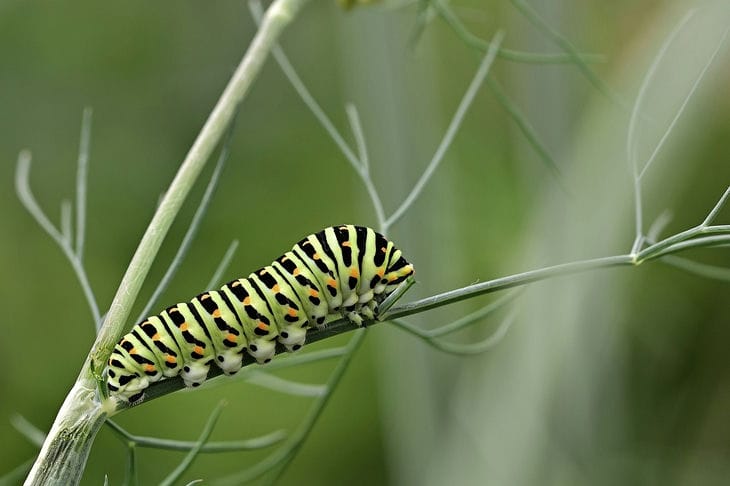It is very disappointing when the first young leaves of cabbage, radish or beetroot become covered with holes, wither and spoil.
Who eats them? All sorts of caterpillars.
The butterflies that come from them are, of course, beautiful, but such harm forces us to take action.
Anastasia Kovrizhnykh explains how to keep pest caterpillars away from beds with root crops and heads of cabbage.
First, it is worth finding out which caterpillars most often attack plants. Many are familiar with the cabbage butterfly (another name is the cabbage white).

If holes appear on the head of cabbage that you lovingly grew for you, then this is clearly the work of the cabbage white caterpillar.
The cabbage moth leaves exactly the same damage on the leaves of cabbage heads, but tomatoes and beets also suffer from the actions of this caterpillar.
There is another pest - the cabbage moth caterpillar, which is not averse to feasting on other crops from the cruciferous family.
What to do with these caterpillars and how to protect your plantings from them? The first thing you need to do every time you come to your dacha is to inspect the beds where beets, carrots, turnips, and cabbage grow.
Cabbage moth butterflies lay eggs on the underside of leaves, and young cabbage moth larvae settle in the forming head of cabbage, braiding its leaves with threads.
Cabbage moth pupae live and overwinter in the soil, so it is necessary to thoroughly dig up the bed in which you are going to plant cruciferous plants.
All caterpillars found should be destroyed immediately. And since caterpillars often settle in piles of grass, leaves and other organic matter, it is better to take all this to a compost pit, and not leave it right on the site.
Natural methods of fighting caterpillars on the site include attracting birds. Arrange feeders for them, put drinking bowls so that starlings, sparrows and magpies do not spoil berry bushes and trees to quench their thirst.
Wasps are also dangerous for caterpillars. They are called so for a reason: when a caterpillar is found, a wasp sits on it and lays eggs right inside its body.
As they develop, the wasp larvae eat the caterpillar, and it dies. How to attract such helpers? Water the bed where cabbage or turnips grow with sweet water with jam or just sugar.
You can save your cabbage harvest from the invasion of cabbage white caterpillars by spraying the beds with a special infusion of tomato tops and onion peels.
Another proven method of combating caterpillars in garden beds is the use of covering non-woven material.
It is enough to cover cabbage, beetroot or tomato plantings with light or dark spunbond so that caterpillars cannot damage and gnaw the leaves of the plants.
In addition, such covering materials protect the soil from weeds and retain moisture in it, while allowing air to pass through freely.
If all the above methods have not brought relief from pests, and the leaves of cabbage, beets and radishes continue to look like a sieve due to the abundance of holes in them, then resort to the help of insecticides. The drug Sempai or the insecticide Gerold work well to destroy caterpillars.
Earlier we wrote about how the flower in each purchased orchid pot is slowly being killed.









